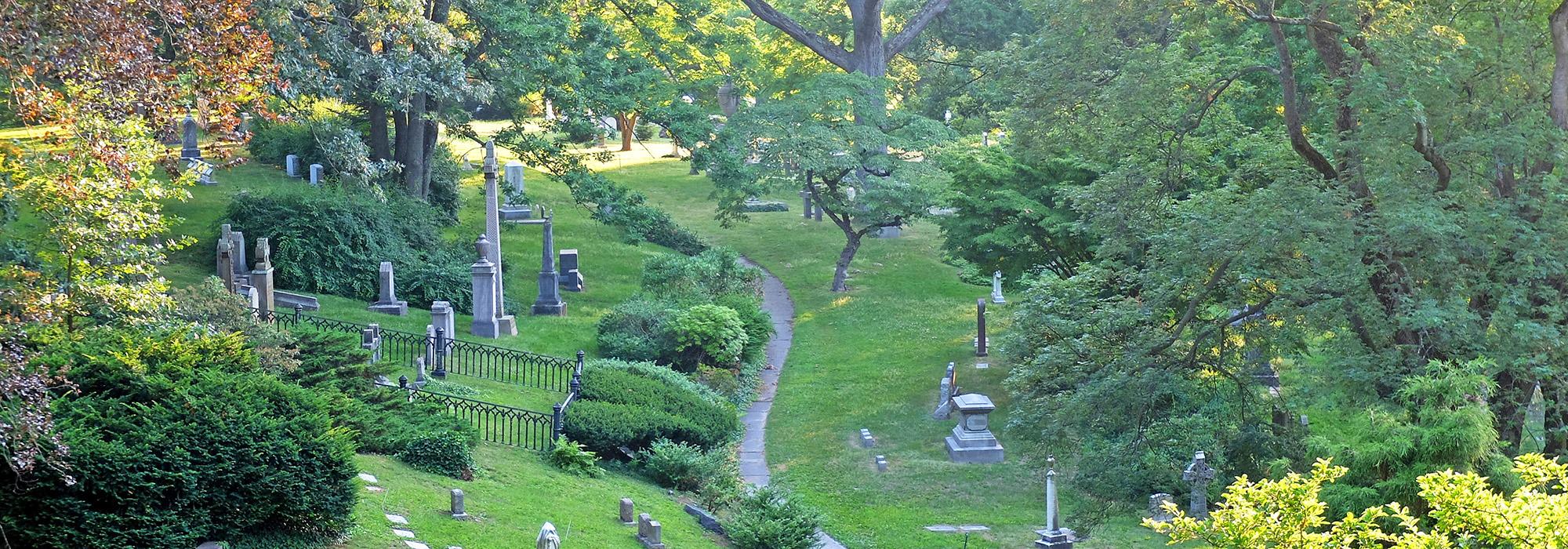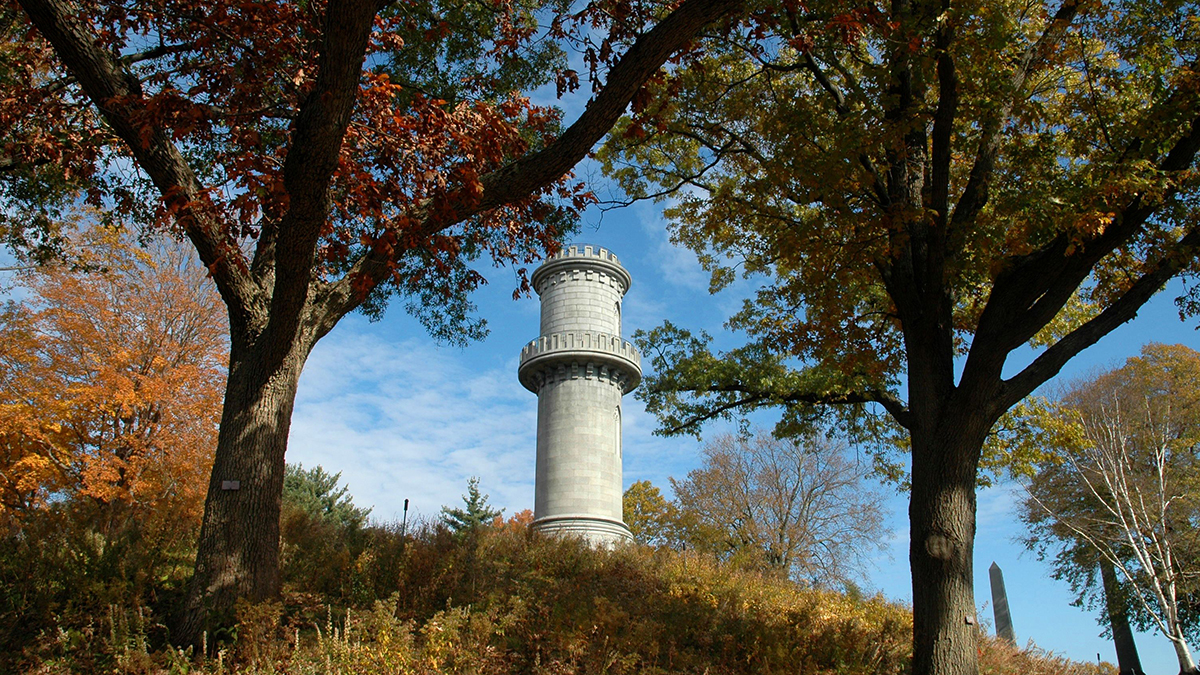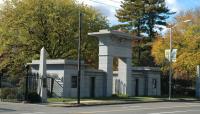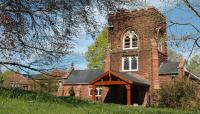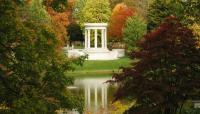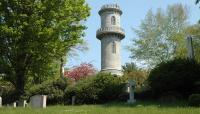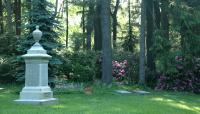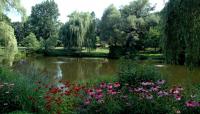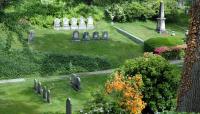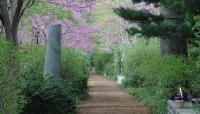Landscape Information
Founded in 1831, this cemetery located outside of Boston was the nation’s first designed rural cemetery. It quickly became a model for the cemetery design movement that served as a precursor to the American park movement. The primary force in its creation was physician and horticulturist Jacob Bigelow, who persuaded Boston’s city leaders to address problems of overcrowding and sanitation in the city’s cemeteries. In the process of providing then-modern solutions for burial practices, the cemetery transformed interactions between people and graveyards. Mount Auburn served as a new paradigm for commemoration of the dead, inviting visitors to explore its park-like setting. The 175-acre site was laid out according to the plan of Henry Dearborn and Alexander Wadsworth as an “embellished landscape” of rolling terrain with ornamental plantings, ponds, sylvan glades, monuments, fountains, and chapels. Numerous architectural styles are represented; similarly, the landscape’s intimate spaces and grand sweeping vistas reflect a wide range of styles, from Victorian to contemporary. With more than 5,000 trees representing 630 taxa, the landscape is horticulturally diverse.
In 1993 the Halvorson Company completed a master plan to guide future planning and design while preserving and strengthening significant landscape features. The plan reaffirmed the cemetery’s original values as a rural and contemplative refuge. Subsequent projects, such as Reed Hilderbrand’s 1998 rehabilitation plan for the area surrounding the Mary Baker Eddy Memorial and Julia Moir Messervy Design Studio’s improvement of the Spruce and Willow Knoll, continued that tradition. Mount Auburn Cemetery was listed in the National Register of Historic Places in 1975 and was designated a National Historic Landmark in 2003.



